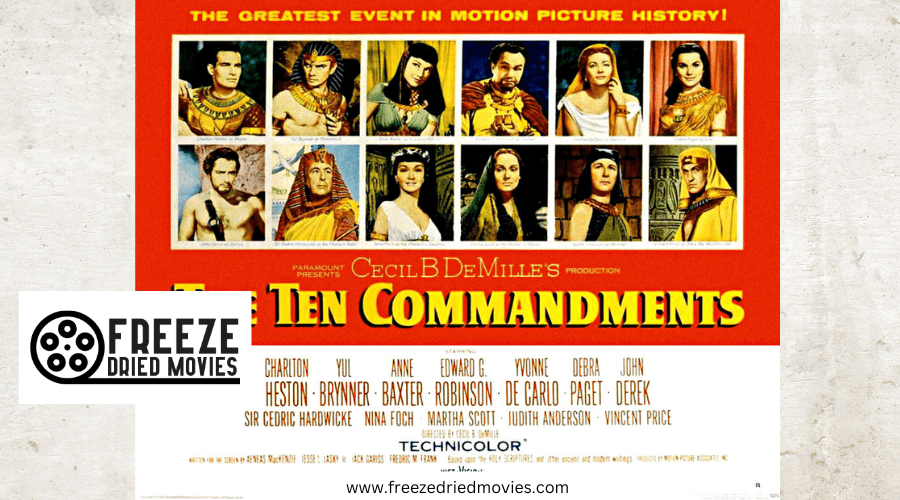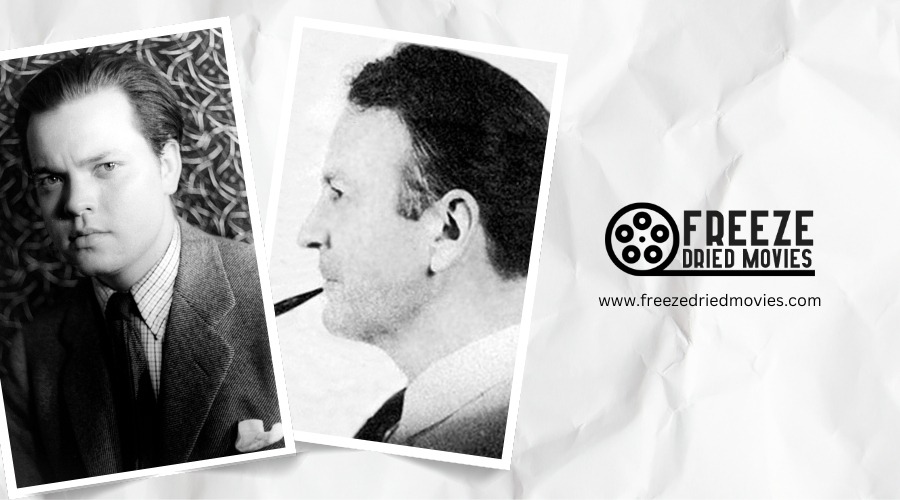Most Iconic Movie Scenes From the 1960s: a Cinematic Time Capsule
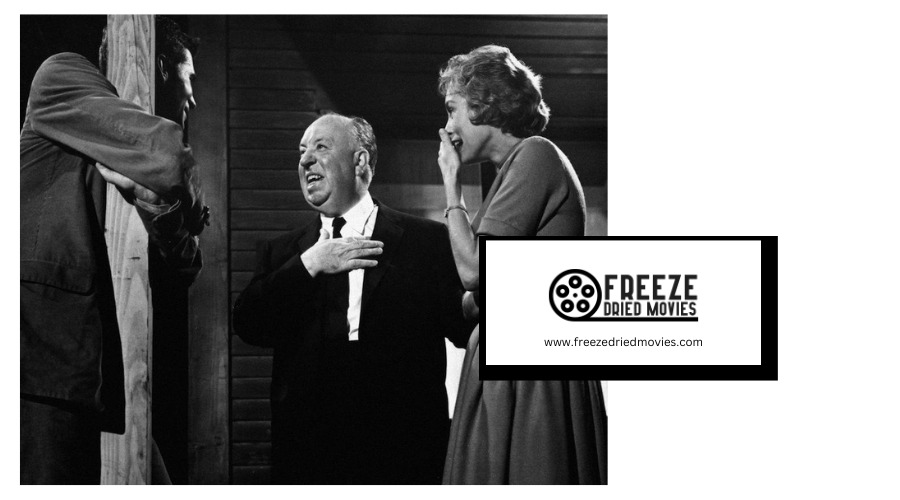
The 1960s reshaped cinema with unforgettable moments you'll instantly recognize: Psycho's terrifying shower scene, Lawrence of Arabia's sweeping desert vistas, and 2001's mind-bending space odyssey. You'll witness the decade's bold evolution through Lolita's controversial themes, Bonnie & Clyde's revolutionary violence, and The Wild Bunch's brutal realism. These pioneering scenes didn't just capture the era's cultural upheaval - they redefined what movies could achieve, and their influence still shapes filmmaking today.
The Psychological Horror Revolution: Psycho's Shower Scene
When Alfred Hitchcock released Psycho's shower scene in 1960, he forever transformed the domain of psychological horror. Like a time capsule preserving cinema's pivotal moment, this sequence captured audiences' primal fears through masterful technique.
While rock n' roll was revolutionizing music, Hitchcock was revolutionizing thriller filmmaking.
You'll find yourself mesmerized by the brutal yet artful composition: the shrieking violins of Bernard Herrmann's score, the savage quick-cut editing, and that haunting close-up of the victim's lifeless eye with its single teardrop. Through innovative point-of-view shots, you're forced into the vulnerable position of the victim, making the terror feel devastatingly personal.
The scene's influence echoes through decades of horror films, cementing Hitchcock's legacy as the undisputed Sovereign of Suspense.
The director's groundbreaking decision to eliminate the main female protagonist halfway through the film shocked audiences and shattered traditional cinematic conventions.
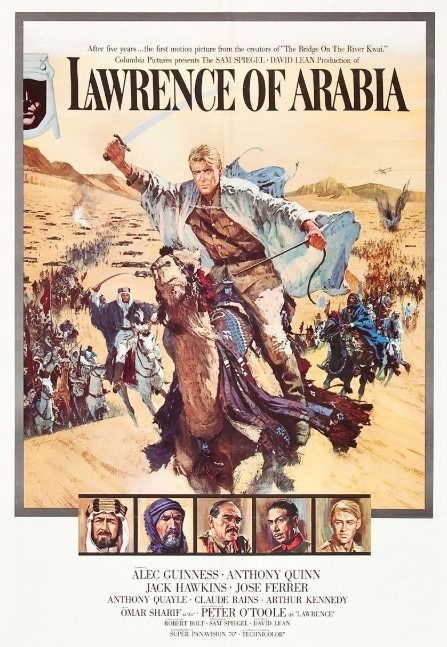
Epic Storytelling in Lawrence of Arabia's Desert Moments
As David Lean's magnum opus Lawrence of Arabia unfolds across the desert canvas, you'll witness some of cinema's most breathtaking moments ever captured on film. The character development unfolds expertly as Lawrence gazes into a burning match, while the harsh desert landscape stretches endlessly before him.
Visual symbolism reaches its peak when Sherif Ali emerges at the Harith well, a scene that perfectly captures the region's complex cultural dynamics. You'll see Lawrence's military strategies evolve as he orchestrates innovative attacks on Turkish trains, proving his unconventional brilliance. His transformation becomes complete when he rises in flowing white robes, leading his men into battle.
Throughout it all, sweeping aerial shots of the vast desert emphasize the epic scale of this exceptional story, immersing you in its untamed grandeur. The film's masterful use of deep focus cinematography creates an immersive depth that draws viewers into every frame of the desert narrative.
Social Commentary Through Controversial Cinema: Lolita and Tom Jones
The cultural terrain of 1960s cinema shifted dramatically from epic desert panoramas to bold social commentary through controversial storytelling. You'll find this daring approach perfectly exemplified in two groundbreaking films: Lolita and Tom Jones.
In Lolita, you're confronted with provocative imagery that challenges American sexual taboos through its controversial narrative of obsession. The film's famous publicity poster and bikini scenes pushed boundaries while critiquing societal attitudes.
Tom Jones takes a different route, using erotic undertones in its memorable dining sequence to satirize period sensibilities. When Mrs. Waters and Tom share their suggestive meal, you're witnessing cinema that deliberately subverts mainstream values.
These films marked a pivotal moment when directors dared to investigate complex social issues through shocking and controversial content, forever changing how movies addressed morality. This era of boundary-pushing cinema paved the way for future psychological thrillers like Rosemary's Baby, which would further explore taboo subjects and societal fears.
Breaking Cinematic Boundaries: 2001: A Space Odyssey
Few films revolutionized cinema quite like Stanley Kubrick's 2001: A Space Odyssey. Through its pioneering visual innovation and contemplative storytelling, this 1968 opus challenged everything you thought you knew about science fiction.
The film's journey spans millions of years, from primitive apes discovering tools to humanity's venture into deep space. At critical junctures, you'll encounter the enigmatic monolith, a mysterious black structure that triggers leaps in human consciousness.
Watch as Kubrick expertly weaves evolutionary mysteries through three distinct chapters, each pushing the boundaries of cinematography and narrative convention.
You'll be mesmerized by the film's hypnotic blend of minimal dialogue and classical music, while its revolutionary special effects create an immersive experience that still captivates audiences today. It's a testament to cinema's power to probe humanity's deepest questions about existence and progress.
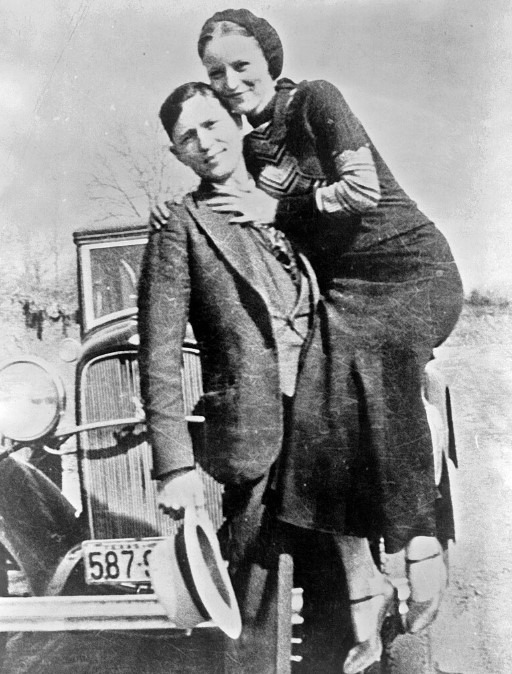
Violence and Cultural Shifts: The Wild Bunch and Bonnie & Clyde
Pioneering films "The Wild Bunch" and "Bonnie and Clyde" redefined cinematic violence in the late 1960s, shattering Hollywood's sanitized portrayal of death and conflict. Through shocking visuals and innovative editing techniques, these films captured the raw brutality of their anti-heroic protagonists in ways audiences had never seen before. You'll witness slow-motion ballets of violence that changed how Hollywood approached action sequences forever.
Sam Peckinpah's "The Wild Bunch" uses brutal slow-motion sequences to convey the savage reality of the dying American West.
"Bonnie and Clyde's" climactic ambush scene combines balletic choreography with visceral editing.
Both films subverted Hollywood norms by portraying violence's true consequences, reflecting the cultural upheaval of the 1960s.
These pioneering works ushered in an unprecedented era of gritty realism that continues to influence filmmakers today.
Counterculture on Screen: Easy Rider and The Graduate
While Hollywood's exploration of violence reflected one aspect of 1960s social upheaval, counterculture movements sparked an entirely different kind of cinematic revolution.
You'll find this transformation perfectly captured in two impactful films that defined an era: Easy Rider and The Graduate.
When you watch these films today, you're witnessing raw nonconformist attitudes that struck a chord deeply with young audiences of the time. Easy Rider's motorcycle odyssey across America and The Graduate's tale of post-college disillusionment both evoked powerful responses amid the growing generational divide.
The films' most memorable scenes - from Easy Rider's free-spirited highway sequences to The Graduate's defiant church rescue - became powerful symbols of rebellion against established norms. Their commercial success proved that younger viewers' changing tastes would reshape Hollywood's future, marking a decisive shift in American cinema.

